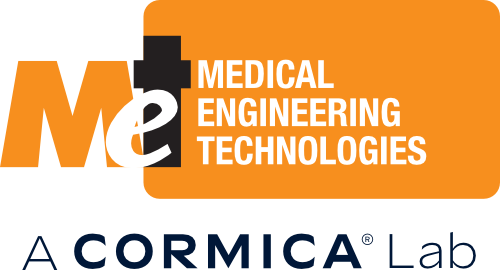The new ISO 10993-18:2020 has now been published.
The revised version of this standard gives information on the generation of chemical characterisation data for your Biological Evaluation Report.
This data generation is required when the previously available information is not adequate to demonstrate that all the required biocompatibility end-points for your device have been met. This (available) material data might come from previous testing of the product, material data and safety information, or test results from materially, clinically and biologically equivalent products, and possibly other sources. Frequently risk analysis will identify the need for more detail than that found in the pre-existing data.
If analytical testing is carried out, it should be done on final products (or something indistinguishable from the final device). The testing is carried out on fluids which have been in contact with the device for the time periods described in ISO 10993-12. For short term non-invasive products simple ‘simulated use extraction’ is required to produce the fluid for analysis. For more invasive (time, chronic use and/or intimacy of contact) devices exhaustive or exaggerated extraction is required (by part 18 of the standard).
The standard has an annex which discusses the selection of solvents used to produce the test fluids and several tables suggesting applicable analytical methods.
Once available the test fluids can be examined by a variety of these analytical techniques. This will allow identification and quantification of materials that could be absorbed by a patient. It is very likely that unexpected materials will be found in this analysis.
The information from the analysis can then be assessed by a toxicologist, following ISO 10993-17, to provide a final report and conclusion of the evaluation. This brings an end to the investigation (with hopefully positive results) and allows the completion of a Biological Evaluation Report.
MET can advise and provide services to cover all of the biological safety requirements.
